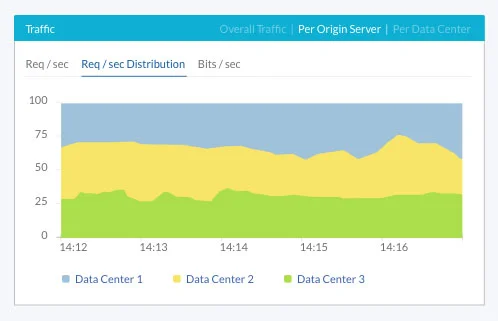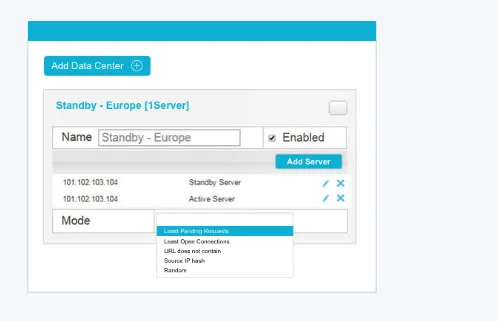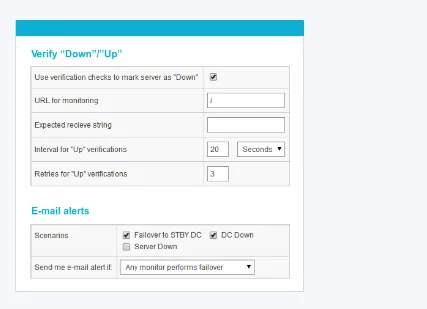Ampere Dedicated Server
Our Price
Commitment :

Intel Xeon E-2174G
- CPU:
- 1
- RAM:
- 1 GB
- Disk space:
- 10 GB SSD
- Unlimited Transfer:
- Bandwidth:
- 100 Mbps

Intel Xeon E-2174G
- CPU:
- 1
- RAM:
- 1 GB
- Disk space:
- 10 GB SSD
- Unlimited Transfer:
- Bandwidth:
- 100 Mbps

Intel Xeon E-2174G
- CPU:
- 1
- RAM:
- 1 GB
- Disk space:
- 10 GB SSD
- Unlimited Transfer:
- Bandwidth:
- 100 Mbps

Intel Xeon E-2174G
- CPU:
- 1
- RAM:
- 1 GB
- Disk space:
- 10 GB SSD
- Unlimited Transfer:
- Bandwidth:
- 100 Mbps


















